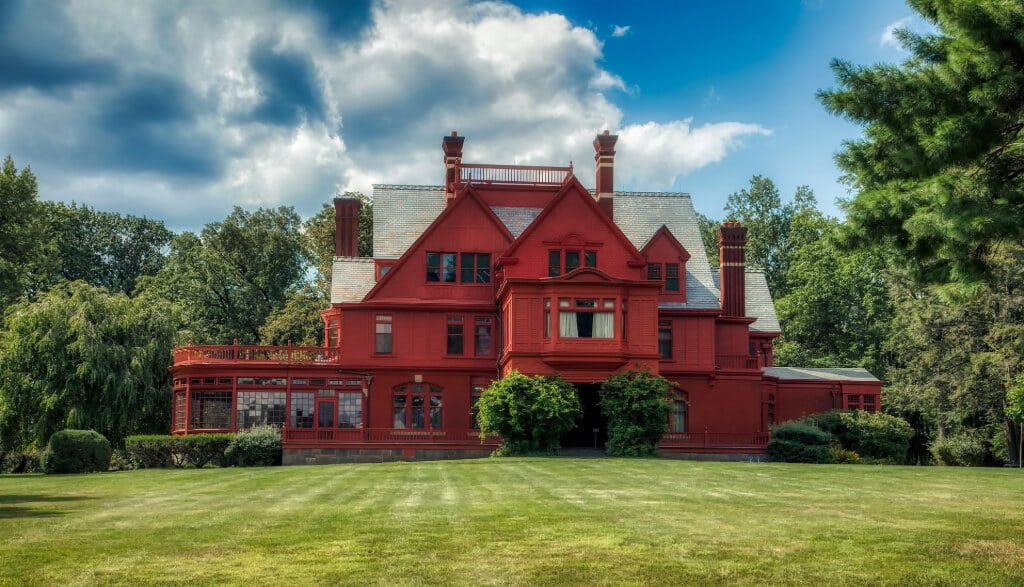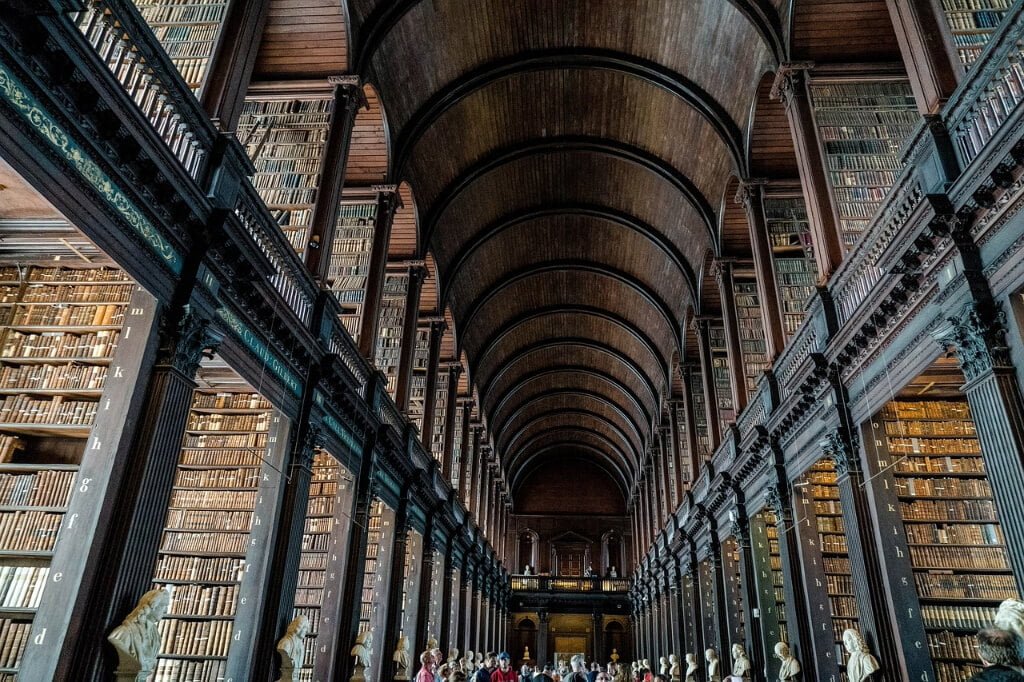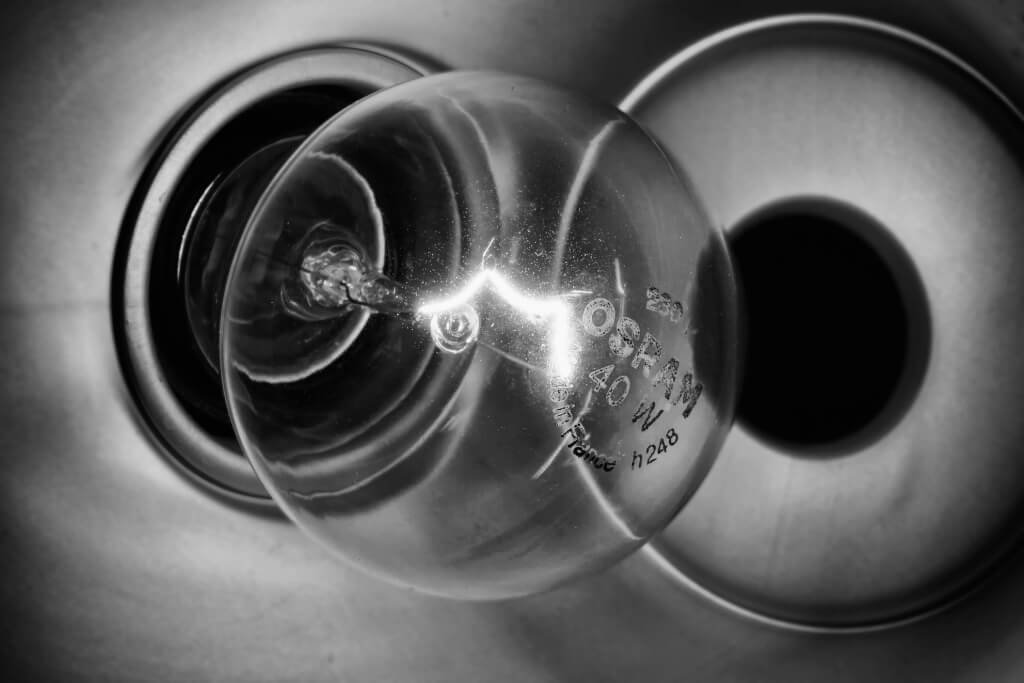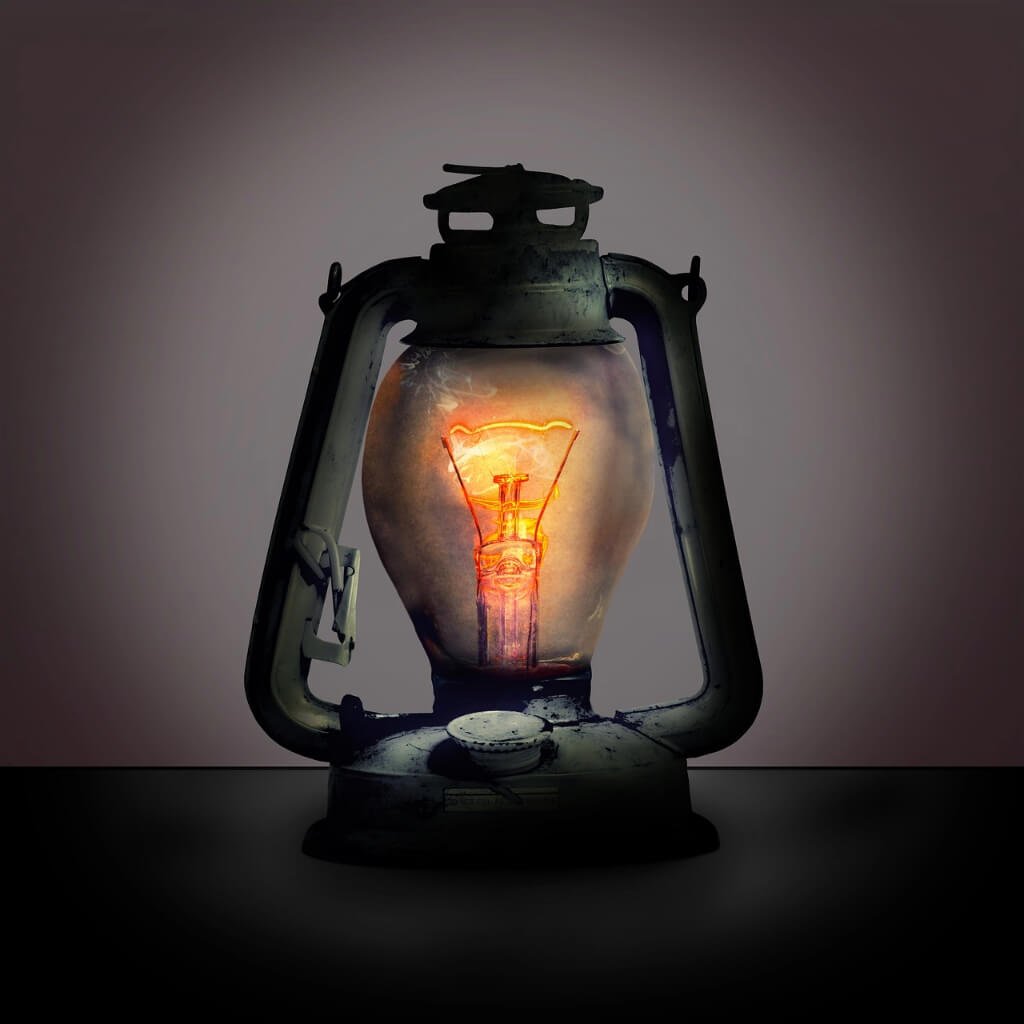Edison, NJ, a town steeped in history and innovation, stands as a testament to progress and community resilience. In this comprehensive guide, we delve into the diverse facets that make Edison a unique and thriving locale.

Nestled in Middlesex County, Edison, NJ, holds a special place in the heart of New Jersey residents. Originally known as Raritan Township, this town’s evolution is a fascinating journey through time, marked by its rich history and contributions to various fields.
Historical Evolution
Edison’s roots trace back to its early settlement in the 17th century, witnessing transformations that have shaped its character. Renamed in 1954 in honor of the prolific inventor Thomas Edison, the town has become a hub of cultural and historical significance.
Demographics And Diversity
The population of Edison, NJ, has flourished over the years, reflecting a mosaic of cultures and backgrounds. This diversity is not just numerical; it is ingrained in the town’s identity, creating a vibrant and inclusive community.
Education Hub
Edison’s commitment to education is evident in its array of schools and universities. Institutions such as Edison High School and Middlesex County College contribute to the town’s intellectual vibrancy, molding generations of leaders and professionals.

Economic Landscape
From its industrial roots to present-day commerce, Edison, NJ, has witnessed economic shifts. Thriving businesses, both established and emerging, contribute to the town’s economic prowess, reflecting a dynamic and resilient entrepreneurial spirit.
Community And Lifestyle
Residential neighborhoods in Edison provide a diverse range of living experiences. Parks and recreational facilities, coupled with a calendar filled with cultural events, foster a sense of community and an active lifestyle.
Technological Innovation
Named after Thomas Edison, known for his groundbreaking inventions, the town embraces technological progress. Home to tech companies and innovation hubs, Edison, NJ, continues to contribute to advancements in various fields.
Infrastructure And Transportation
Edison boasts a well-connected transportation network, facilitating accessibility within the town and beyond. Ongoing infrastructure projects further enhance connectivity, positioning Edison as a strategic and well-developed locality.
Local Attractions
Edison’s landscape is adorned with landmarks, offering both historical and recreational experiences. From well-known attractions to hidden gems, the town provides a rich tapestry of places to explore and enjoy.
Community Challenges And Solutions
While Edison, NJ, has faced its share of challenges, the community’s resilience is evident in various initiatives and collaborations. Addressing social and economic issues, the town charts a path toward a more sustainable and inclusive future.
Interviews And Testimonials
Residents, leaders, and experts share their perspectives on Edison’s past, present, and future. Personal stories and experiences offer a glimpse into the diverse narratives that contribute to the town’s collective identity.
Exploring The Innovations Of Menlo Park Laboratory
Nestled in the quaint town of Menlo Park, California, lies a place steeped in history and innovation: Menlo Park Laboratory. Founded in the late 19th century by the prolific inventor Thomas Edison, this laboratory served as a cradle of technological advancement, birthing some of the most revolutionary inventions of its time. In this article, we delve into the captivating story of Menlo Park Laboratory, exploring its genesis, the innovative environment it fostered, its landmark inventions, and its enduring legacy in shaping the course of technology.
The Genesis Of Menlo Park
Menlo Park Laboratory emerged as a beacon of innovation during the late 1800s, a time ripe with scientific curiosity and experimentation. Thomas Edison, already renowned for his inventive prowess, sought to establish a space where he could conduct research and develop his ideas. In 1876, he set his sights on Menlo Park, then a rural retreat, and transformed it into a bustling center of innovation. With its serene surroundings and ample space, Menlo Park provided the perfect canvas for Edison to unleash his creative genius.
The Innovative Environment
Within the walls of Menlo Park Laboratory, an atmosphere of boundless creativity and experimentation prevailed. Edison fostered a culture of collaboration, assembling a diverse team of inventors, engineers, and craftsmen to work alongside him. Together, they embarked on a journey of discovery, fueled by a shared passion for innovation. Edison’s approach to experimentation was methodical yet daring, characterized by relentless trial and error. Failure was not discouraged but rather embraced as an integral part of the creative process.
Landmark Inventions
Menlo Park Laboratory stands as a testament to the ingenuity of its inhabitants, yielding a treasure trove of groundbreaking inventions. Among its most notable achievements is the invention of the phonograph, a device capable of recording and reproducing sound. This revolutionary invention paved the way for the modern music industry and transformed the way we experience audio entertainment. Additionally, Menlo Park Laboratory is credited with developing the electric light bulb, a milestone in the history of technology that illuminated the world in a new and dazzling light.
Legacy Of Menlo Park
The legacy of Menlo Park Laboratory extends far beyond its physical confines, permeating the very fabric of modern society. Edison’s methods of innovation, honed within the walls of Menlo Park, continue to shape the way we approach technological advancement. His emphasis on experimentation and collaboration serves as a guiding principle for aspiring inventors and entrepreneurs. Moreover, the inventions born out of Menlo Park Laboratory have had a profound and lasting impact on virtually every aspect of our lives, from communication and transportation to healthcare and entertainment.
Criticisms And Controversies
Despite its storied history, Menlo Park Laboratory is not without its detractors. Critics have raised questions about the extent of Edison’s involvement in the inventions attributed to him and the contributions of his team members. Accusations of stolen ideas and unethical business practices have cast a shadow over Edison’s legacy, prompting ongoing debate among historians and scholars. While acknowledging these criticisms, it is essential to recognize the undeniable impact of Menlo Park Laboratory on the course of technological history.
Menlo Park In Popular Culture
The allure of Menlo Park Laboratory has captured the imagination of artists and storytellers, inspiring countless depictions in literature, film, and other media. From biographical dramas to fictionalized accounts, the legacy of Thomas Edison and his laboratory continues to captivate audiences worldwide. While these portrayals may take creative liberties with historical accuracy, they keep the spirit of innovation alive and remind us of the enduring legacy of Menlo Park.

Rediscovering Menlo Park
Today, Menlo Park Laboratory stands as a testament to the enduring power of innovation. Efforts to preserve its history and legacy are ongoing, with museums and historical sites offering visitors a glimpse into its storied past. Through exhibits, tours, and educational programs, visitors can explore the rich tapestry of invention and discovery that defines Menlo Park Laboratory. As we look to the future, it is essential to honor the legacy of Menlo Park and continue to push the boundaries of technological innovation.
Menlo Park Laboratory remains a beacon of inspiration and ingenuity, reminding us of the transformative power of innovation. From its humble beginnings as a rural retreat to its status as a symbol of technological progress, Menlo Park Laboratory has left an indelible mark on the world. As we celebrate its legacy, let us continue to embrace the spirit of curiosity and exploration that defines Menlo Park, ensuring its innovative spirit lives on for generations.
Exploring Thomas Edison National Historical Park
In the heart of Edison, NJ, lies a treasure trove of American innovation and ingenuity: Thomas Edison National Historical Park (TENHP). This park stands as a tribute to one of the most prolific inventors in history, Thomas Edison. From the invention of the phonograph to the development of the first practical light bulb, Edison’s contributions have shaped modern society in profound ways. As we delve into the rich history and significance of TENHP, we uncover not just the story of an individual, but the spirit of innovation that continues to inspire generations.
Thomas Edison: A Pioneer’s Legacy
Thomas Edison’s impact on technology and culture is immeasurable. Born in 1847, Edison’s relentless pursuit of discovery led to over 1,000 patents in his lifetime. His inventions revolutionized industries ranging from telecommunications to motion pictures. Edison’s legacy extends far beyond his achievements; it embodies the spirit of American innovation and entrepreneurship.
Transitioning from the life of Edison himself to the preservation of his legacy, TENHP serves as a living testament to his brilliance. Located in his hometown of Edison NJ, this national historical park preserves the laboratory complex where many of his groundbreaking inventions were born.
Unveiling Thomas Edison National Historical Park
Nestled in the vibrant community of Edison, NJ, TENHP offers visitors a journey back in time to the very place where Edison’s ideas took shape. The park encompasses Edison’s laboratory complex, including his main laboratory, machine shops, and the iconic Black Maria Studio, where the first motion pictures were filmed. Additionally, visitors can explore Edison’s Glenmont Estate, providing insight into the personal life of this extraordinary inventor.
Exploring The Park: Must-See Attractions
A visit to TENHP is incomplete without a tour of Edison’s laboratory complex. Here, visitors can witness firsthand the environment where Edison and his team conducted experiments and developed inventions that changed the world. From the phonograph to the incandescent light bulb, the laboratory complex showcases the evolution of Edison’s ideas and innovations.

Edison’s Glenmont Estate offers a glimpse into the inventor’s personal life. Situated on 29 acres of picturesque grounds, the estate features the elegant mansion where Edison resided with his family. Visitors can stroll through the gardens, explore the historic artifacts on display, and gain insight into the daily life of one of history’s most iconic figures.
Educational Opportunities And Programs
TENHP offers a range of educational programs designed to inspire the next generation of innovators. Students and educators alike can participate in workshops, field trips, and curriculum resources tailored to explore the intersection of science, technology, and history. Public events and special exhibits provide opportunities for lifelong learning and engagement with Edison’s legacy.
Conservation Efforts And Sustainability Initiatives
In addition to preserving Edison’s physical legacy, TENHP is committed to environmental stewardship and sustainability. Through sustainable practices in maintaining historic buildings and landscapes, the park ensures that future generations can continue to appreciate and learn from Edison’s accomplishments.
Planning Your Visit: Practical Tips And Information
Before embarking on your journey to TENHP, it’s essential to plan. The park is open to visitors year-round, with guided tours available to enhance the experience. Be sure to check the park’s hours of operation and admission fees in advance. Whether you’re a history buff, a science enthusiast, or simply looking for a unique day trip, TENHP offers something for everyone.
Thomas Edison National Historical Park stands as a testament to the enduring legacy of one of America’s greatest inventors. Located in Edison NJ, this park preserves not just the physical artifacts of Edison’s life, but the spirit of innovation that continues to shape our world today. As we reflect on Edison’s remarkable achievements, let us be inspired to embrace curiosity, pursue knowledge, and push the boundaries of what is possible.
The Evolution Of Edison’s Incandescent Light Bulb
In the annals of technological history, few inventions shine as brightly as Thomas Edison’s incandescent light bulb. Nestled in the heart of Edison NJ, this groundbreaking creation illuminated the path to modernity, transforming the world’s nightscape and catalyzing advancements across myriad industries. As we delve into the genesis and impact of Edison’s invention, we embark on a journey through time, tracing the luminescent thread that connects the late 19th century to our electrified present.

Thomas Edison: The Inventor Behind The Light
At the center of this narrative stands Thomas Edison, a titan of innovation whose ingenuity reverberated far beyond the confines of his laboratory in Edison, NJ. Driven by an insatiable curiosity and an unwavering belief in the power of human potential, Edison dedicated his life to the pursuit of practical solutions to everyday problems. His relentless experimentation and entrepreneurial spirit laid the foundation for countless inventions, with the incandescent light bulb emerging as one of his most enduring legacies.
The Birth Of The Incandescent Light Bulb
Against the backdrop of the late 19th century, characterized by the flickering glow of gas lamps and the dim radiance of candlelight, the need for a reliable and efficient source of artificial illumination was palpable. In Edison, NJ, Edison embarked on a series of experiments aimed at harnessing the power of electricity to illuminate the darkness. Through countless iterations and setbacks, he eventually arrived at a breakthrough: the incandescent light bulb. By passing electricity through a filament housed within a vacuum-sealed glass bulb, Edison succeeded in creating a sustained and controllable source of light.
How Edison’s Incandescent Bulb Works
To understand the inner workings of Edison’s incandescent bulb, we must peer beneath its glassy exterior. At its core lies a filament, typically made of tungsten or carbon, which heats up to temperatures exceeding 2,000 degrees Celsius when an electric current passes through it. This intense heat causes the filament to emit light in the visible spectrum, bathing its surroundings in a warm and inviting glow. Despite advancements in lighting technology, the basic principles underlying Edison’s invention remain unchanged, a testament to its enduring efficacy.
Impact On Society And Industry
The introduction of the incandescent light bulb heralded a new era of illumination, fundamentally altering the fabric of society in Edison, NJ, and beyond. With the flick of a switch, previously darkened spaces were bathed in light, enabling round-the-clock productivity and leisure. Industries ranging from manufacturing to entertainment experienced a renaissance, fueled by the newfound flexibility and efficiency afforded by electric lighting. In Edison, NJ, the glow of progress illuminated the streets, transforming the once-sleepy town into a bustling hub of innovation and industry.
Legacy And Evolution
Though Edison’s incandescent bulb laid the groundwork for modern lighting, its reign was not destined to last forever. In the quest for energy efficiency and sustainability, newer technologies such as LED and compact fluorescent bulbs have emerged as worthy successors. Yet, the legacy of Edison’s invention endures, serving as a beacon of inspiration for future generations of innovators. In Edison, NJ, the spirit of invention remains alive and well, a testament to the enduring impact of one man’s vision.

Controversies And Criticisms
While Edison’s incandescent bulb undeniably revolutionized the world, its legacy is not without controversy. Some have questioned Edison’s claim to sole credit for the invention, citing concurrent efforts by other inventors such as Joseph Swan. Additionally, concerns have been raised regarding the environmental impact of incandescent lighting, namely its inefficiency and contribution to greenhouse gas emissions. As we confront these complexities, we are reminded of the ethical considerations inherent in technological progress.
The story of Edison’s incandescent light bulb is one of innovation, perseverance, and transformation. From its humble origins in Edison, NJ, to its global impact on society and industry, this revolutionary invention continues to illuminate our world in more ways than one. As we look to the future, let us honor the legacy of Thomas Edison by embracing the spirit of innovation and exploration that defined his remarkable life.
Final Thoughts
Edison, NJ, is not just a town. It’s a vibrant community with a rich tapestry of history, education, innovation, and culture. As you explore Edison, you’ll discover a place where the past meets the future, and where a strong sense of community binds residents together.
FAQs
What Is The History Behind The Name “Edison”?
Edison was named in honor of Thomas Edison, a renowned inventor, and visionary. The town’s name change in 1954 reflects its recognition of Edison’s contributions to science and technology.
Are There Notable Events Or Festivals In Edison?
Yes, Edison hosts various events and festivals throughout the year, celebrating its cultural diversity. Notable events include the Edison Family Day and the Edison Earth Day Celebration.
How Is The Job Market In Edison, NJ?
Edison’s job market is robust, with a mix of industries contributing to employment opportunities. The town’s strategic location and economic diversity make it an attractive hub for businesses and job seekers alike.
What Were Some Other Notable Inventions Developed At Menlo Park Laboratory?
In addition to the phonograph and electric light bulb, Menlo Park Laboratory was responsible for advancements in telegraphy, motion pictures, and industrial automation.
How Can I Learn More About Menlo Park Laboratory And Its History?
Many museums and historical sites offer exhibits and tours dedicated to Menlo Park Laboratory. Additionally, numerous books and documentaries provide in-depth insights into its storied past and legacy.
How Long Does It Take To Tour Thomas Edison National Historical Park?
A typical visit to TENHP can range from a few hours to a full day, depending on your interests and the extent of exploration desired. Guided tours of the laboratory complex and Glenmont Estate typically last around 1-2 hours each.
Is Thomas Edison National Historical Park Wheelchair Accessible?
Yes, the park strives to accommodate visitors of all abilities. Wheelchair access is available at most park facilities and attractions. Additionally, accessible parking and restrooms are provided for convenience.
Are There Any Dining Options Available At The Park?
While there are no on-site dining options within the park itself, visitors can find a variety of restaurants and eateries in the surrounding area of Edison, NJ. Picnic areas are also available within the park for those who prefer to bring their refreshments.
Can I Take Photographs During My Visit To TENHP?
Yes, photography for personal use is permitted throughout the park. However, commercial photography and filming require prior authorization from park staff. Be sure to respect any signage or guidelines regarding photography in specific areas.
Are Pets Allowed At Thomas Edison National Historical Park?
Except for service animals, pets are not permitted within the park grounds. This policy is in place to ensure the safety and comfort of all visitors, as well as to protect the park’s natural and cultural resources.
Was Thomas Edison The Sole Inventor Of The Incandescent Light Bulb?
While Thomas Edison is widely credited with popularizing the incandescent light bulb, it’s important to note that other inventors, such as Joseph Swan, were also experimenting with similar technologies around the same time.
What Are Some Alternatives To Incandescent Light Bulbs?
In recent years, LED (light-emitting diode) and compact fluorescent bulbs have emerged as popular alternatives to incandescent bulbs due to their superior energy efficiency and longer lifespan.
What Impact Did The Incandescent Light Bulb Have On Urbanization?
The widespread adoption of electric lighting, facilitated by the incandescent light bulb, played a significant role in urbanization by enabling cities to extend their hours of operation and facilitating economic growth and development.
Also Read: The Inventor Who Revolutionized Communication Forever
